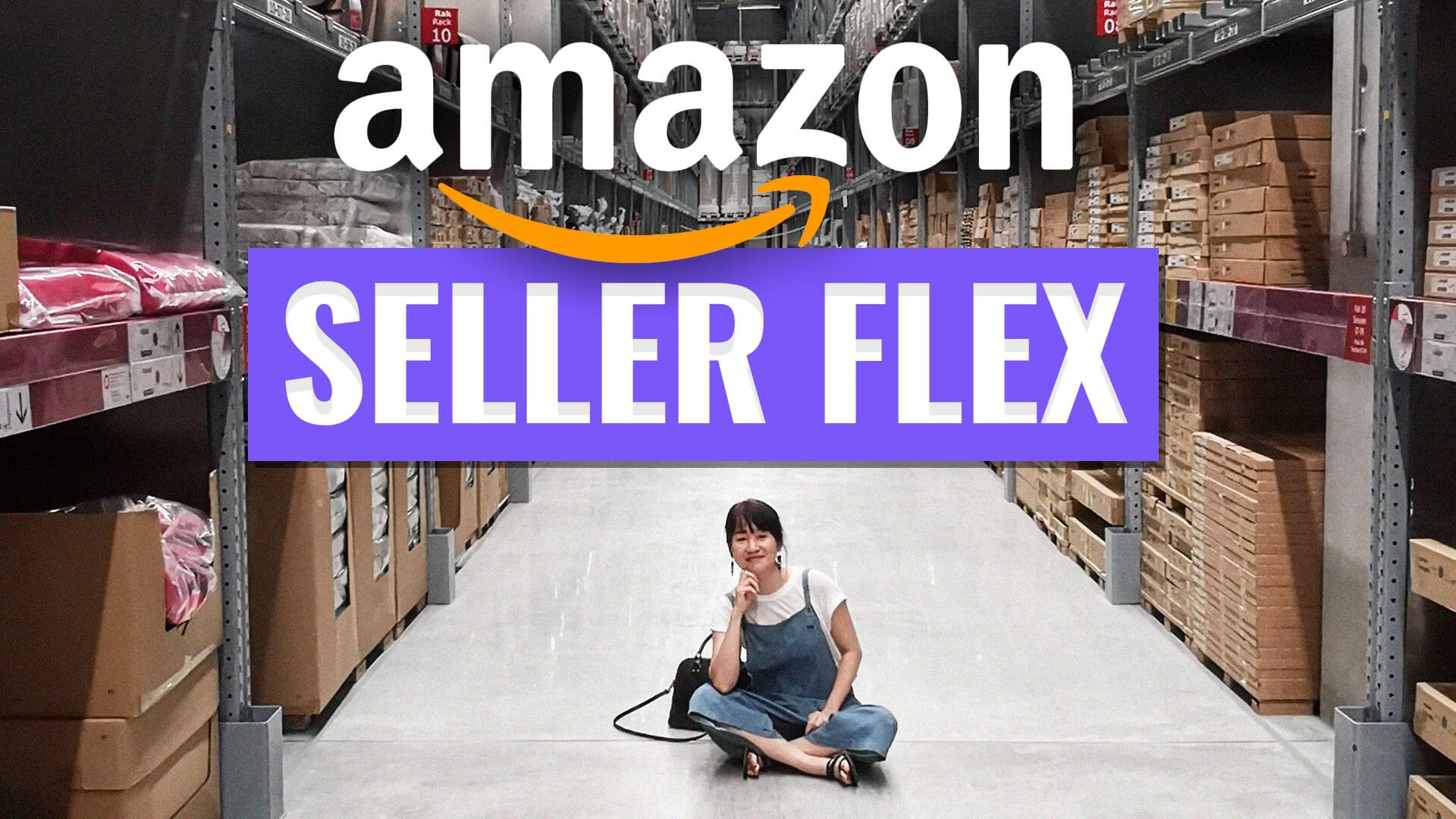In the ever-evolving landscape of e-commerce, adaptability and control over one’s business operations are paramount. Amazon Seller Flex, an innovative service, has emerged as a game-changer, empowering sellers to take charge of their FBA (Fulfillment by Amazon) warehousing and operational activities. No longer are sellers constrained by Amazon’s complete control over inventory management, customer service, and product shipping. With Seller Flex, a world of possibilities opens up, offering sellers unprecedented control over their FBA processes.
Introduction to Amazon Seller Flex
Amazon Seller Flex made its debut in India in 2015 and quickly gained popularity in the United States. Despite its advantages, many sellers remain unaware of this powerful service. It’s time to explore how Amazon Seller Flex can transform your e-commerce operations, granting you greater autonomy and opportunities to optimize your business.
What Is Amazon Seller Flex?
Amazon Seller Flex is a service that shifts the paradigm of FBA operations. Unlike traditional FBA, where Amazon manages nearly all aspects of the fulfillment process, Seller Flex empowers sellers to oversee various crucial elements of their business:
- Inventory Management: Sellers can now manage their own warehouse, allowing for greater control over inventory levels and storage.
- Product Packaging: Take control of the packaging process to ensure brand consistency and meet customer expectations.
- Order Fulfillment: Manage the processing of orders, including picking and packing, to improve efficiency and customer satisfaction.
- Customer Service: While Amazon continues to handle customer service inquiries, Seller Flex allows for a more direct role in addressing customer needs related to order fulfillment.
- Amazon Delivery: Amazon takes care of the transportation of merchandise from warehouses to buyers’ doorsteps.
Eligibility for Amazon Seller Flex
Amazon Seller Flex is distinct from other seller programs, primarily because it operates on an invite-only basis. Sellers must meet specific criteria and receive an invitation from Amazon to participate. The eligibility criteria include:
- Sales Volume: A monthly sales volume of up to $0.6 million is typically considered suitable for Seller Flex.
- Seller Rating: Maintaining a seller rating of 90% or higher is crucial for eligibility.
- Monthly Units: Sellers are typically eligible with up to 1000 units of merchandise shipped per month.
- Geographical Location: Seller Flex is often available to sellers geographically located in specific areas.
Requirements for Amazon Seller Flex
To successfully participate in the Amazon Seller Flex program, sellers and warehouse owners must adhere to specific requirements, which can be categorized into three key areas:
1. Business Plan
Sellers are expected to have a well-defined and robust business plan. This ensures that sellers comprehend the potential of their business venture and are adequately prepared to maximize their opportunities within the program.
2. Hardware
Certain hardware requirements must be met, including:
- Two computers with a minimum of Windows 7 OS and 2 gigabytes of RAM.
- Two barcode scanners.
- An Uninterrupted Power Supply (UPS), inverter, or backup power supply.
- Two stable internet connections.
- Three printers: one for shipping labels, one for gift receipts, and one for PDF invoices.
- Prime packing supplies, typically provided by Amazon.
3. Property and Packing
These requirements include:
- A minimum of six employees to manage warehouse operations.
- A systematic labeling system for organizing products and merchandise.
- A dedicated packing station area.
- Adequate parking space for transport vehicles.
How to Register for Amazon Seller Flex
If you receive an invitation to join the Amazon Seller Flex program, you can proceed with registration in the following steps:
- Provide all relevant business information and fulfill hardware requirements.
- Submit the necessary documents to Amazon for evaluation.
- Undergo the approval process, during which a support staff member will guide you through the installation of warehouse inventory management software. You will also receive your Flex login details, along with instructions and information regarding Flex procedures and functions.
However, if you believe you meet all the eligibility criteria and haven’t received an invite, you can contact Amazon seller support through your Amazon seller central dashboard.
Benefits of Amazon Seller Flex
Amazon Seller Flex offers a plethora of advantages to sellers who successfully participate in the program:
1. Enhanced Credibility
Participants in the program receive an FBA (Fulfillment by Amazon) tag, a unique product identifier attached to their merchandise. This tag enhances credibility and facilitates the identification of products across various Amazon warehouses worldwide.
2. Improved Customer Satisfaction
Seller Flex users experience increased customer satisfaction due to the program’s streamlined and efficient approach to order fulfillment. Faster and more reliable deliveries lead to happier customers, fostering repeat business.
3. More Control Over Your Business
Unlike traditional FBA, where Amazon retains control over warehousing and order processing, Seller Flex grants sellers greater control over these critical aspects of their business operations.
4. Reduced Transportation Costs
With Amazon handling the transportation of products from warehouses to customers’ doorsteps, sellers can focus on other aspects of their business without the burden of logistics management.
Drawbacks of Amazon Seller Flex
While Amazon Seller Flex offers a host of benefits, it’s essential to consider potential drawbacks:
1. Restricted Seller Access
Seller Flex is suitable primarily for businesses dealing in expensive products or a wide range of products. Sellers with limited product offerings or low-cost items may not find the program advantageous.
2. Expensive Cost of Operations
Participating in Seller Flex may require additional expenses, including the acquisition of equipment, larger warehousing space, and the employment of at least six staff members. These costs can be significant for sellers with limited capital.
3. High Standards
Maintaining a high standard of selling operations is essential once you gain access to the Amazon Seller Flex program. Falling short of these standards may result in removal from the program.
4. Limited Availability
Amazon Seller Flex may not be available in all locations. Sellers should check the program’s availability in their region through the Amazon Seller Flex platform.
Conclusion
Amazon Seller Flex presents a unique opportunity for sellers to take control of their e-commerce operations. While it offers substantial benefits, including enhanced credibility, improved customer satisfaction, and greater control, it also comes with certain eligibility requirements and operational challenges. Sellers considering participation in the program should carefully assess their business needs, financial capabilities, and ability to meet the program’s standards. Seeking professional guidance may be advisable to navigate the complexities of the Amazon Seller Flex program effectively. Ultimately, Seller Flex has the potential to unlock new avenues for e-commerce businesses, provided they are well-prepared to seize the opportunities it offers.

